
Alfred Rowbottom advert 1878 directory. |

Alfred Rowbottom advert 1878 directory. |
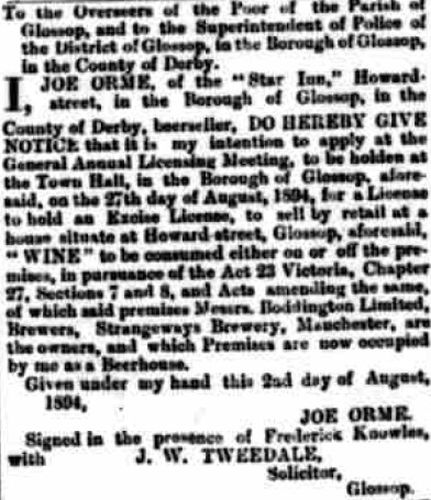
Joe Orme advert in Glossop-dale Chronicle and North Derbyshire Reporter 3 August 1894. |
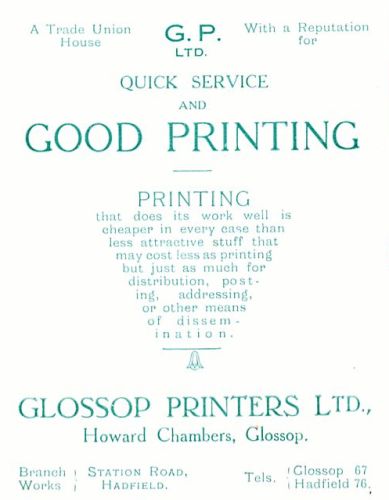
Glossop Printers advert, Mount Pleasant Bazaar 1926. |
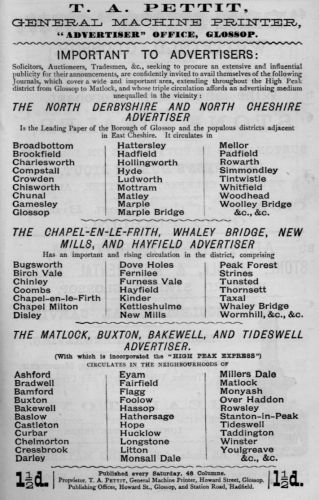
Pettit advert 1878 directory. |
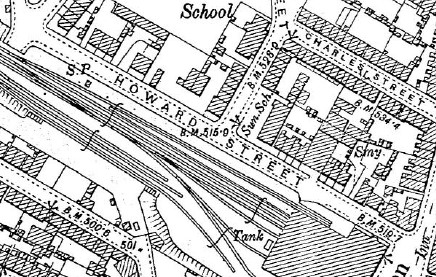
Smithy marked on 1897 map |
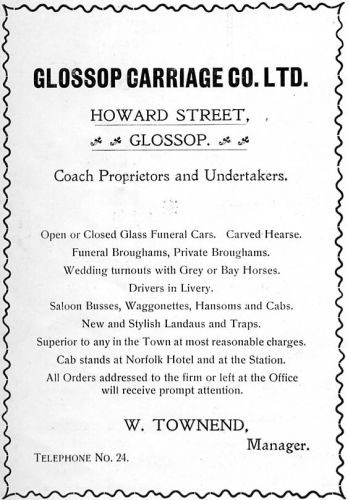
Glossop Carriage Co advert, Whitfield bazaar 1901. |
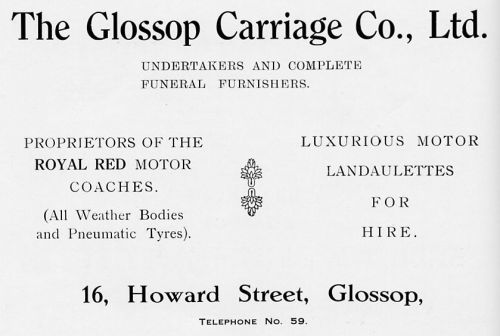
Glossop Carriage Co advert, Whitfield bazaar 1928. |
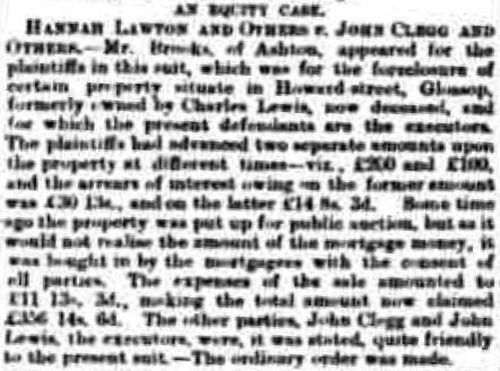 |

Fern House, Glossop-dale Chronicle and North Derbyshire Reporter 13 September 1895. |
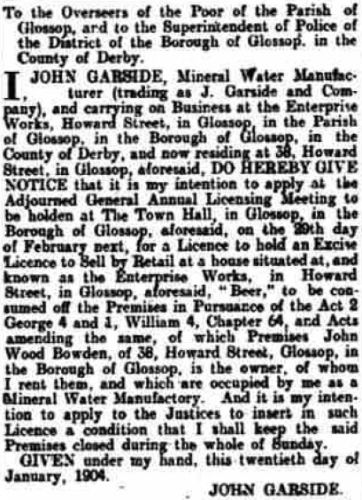
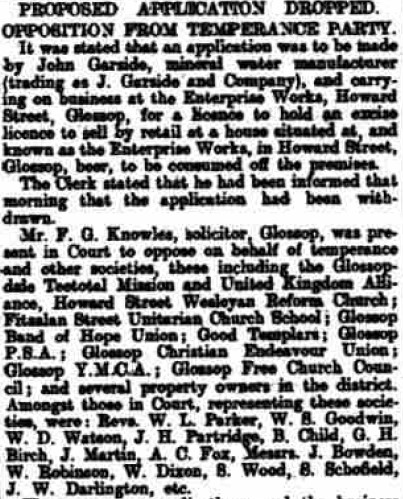
|